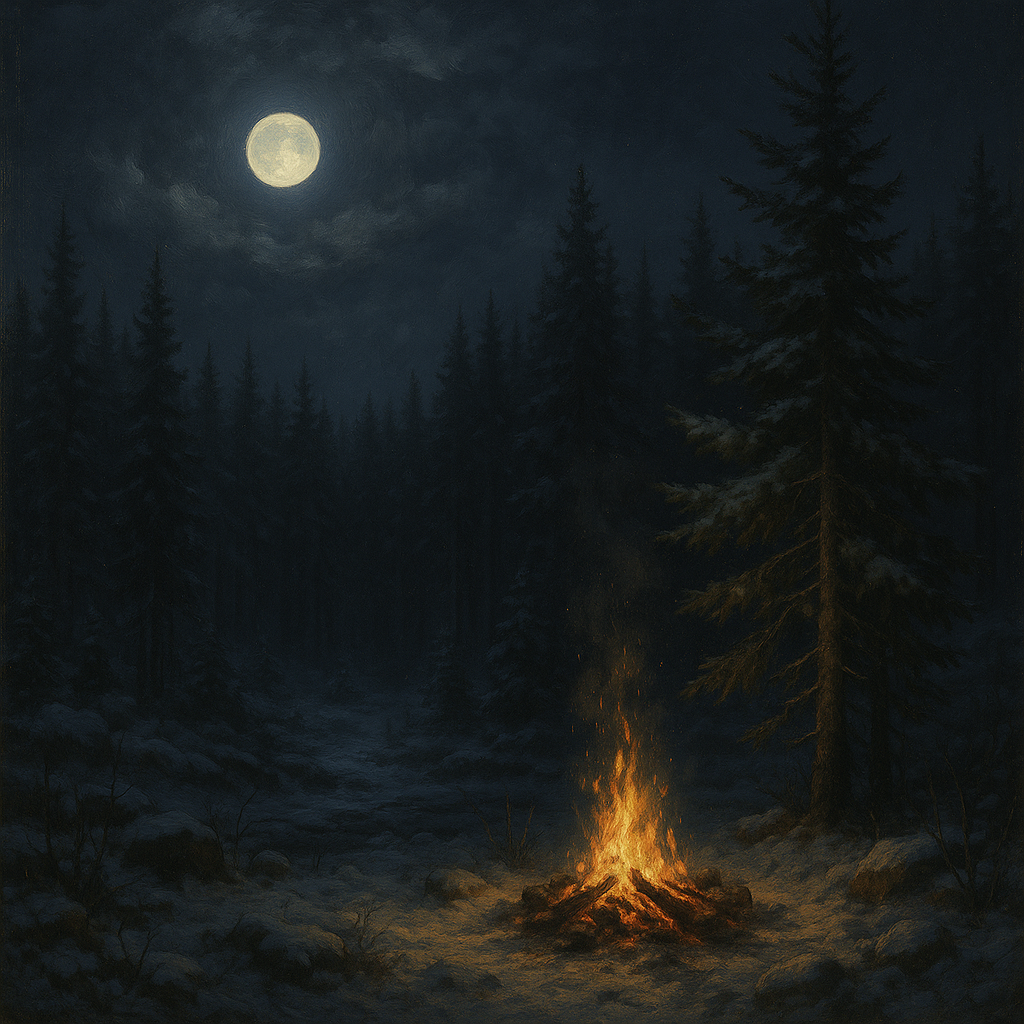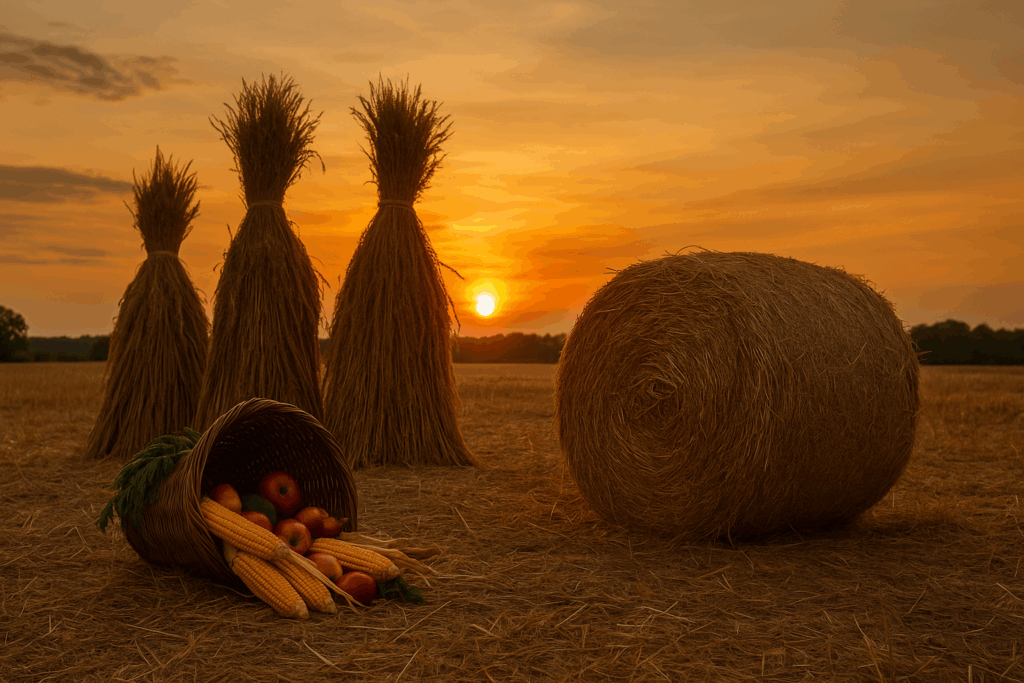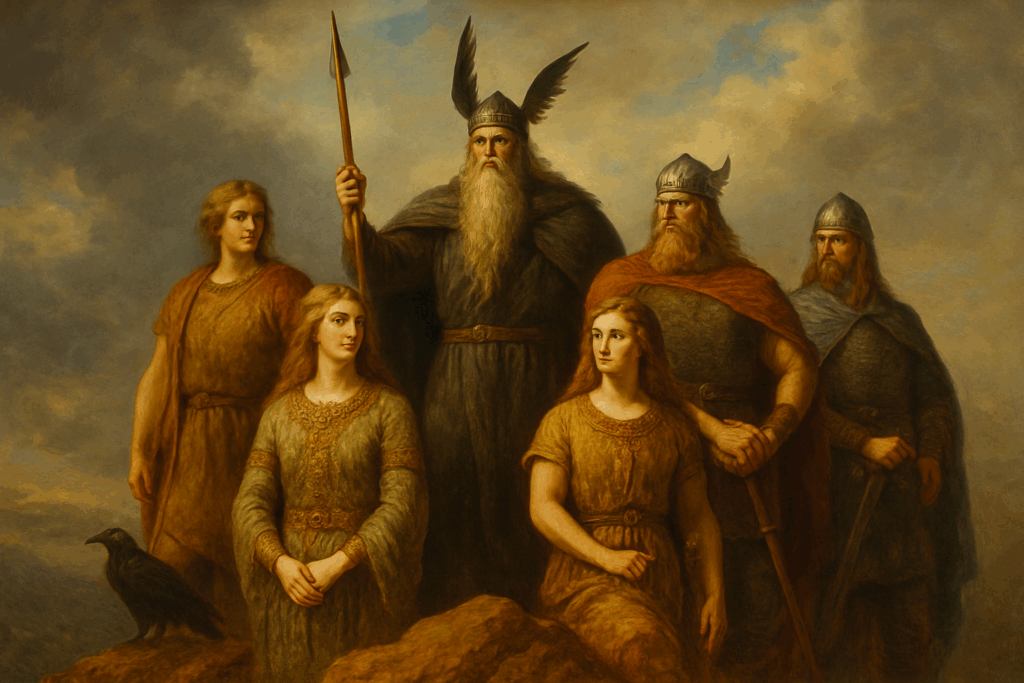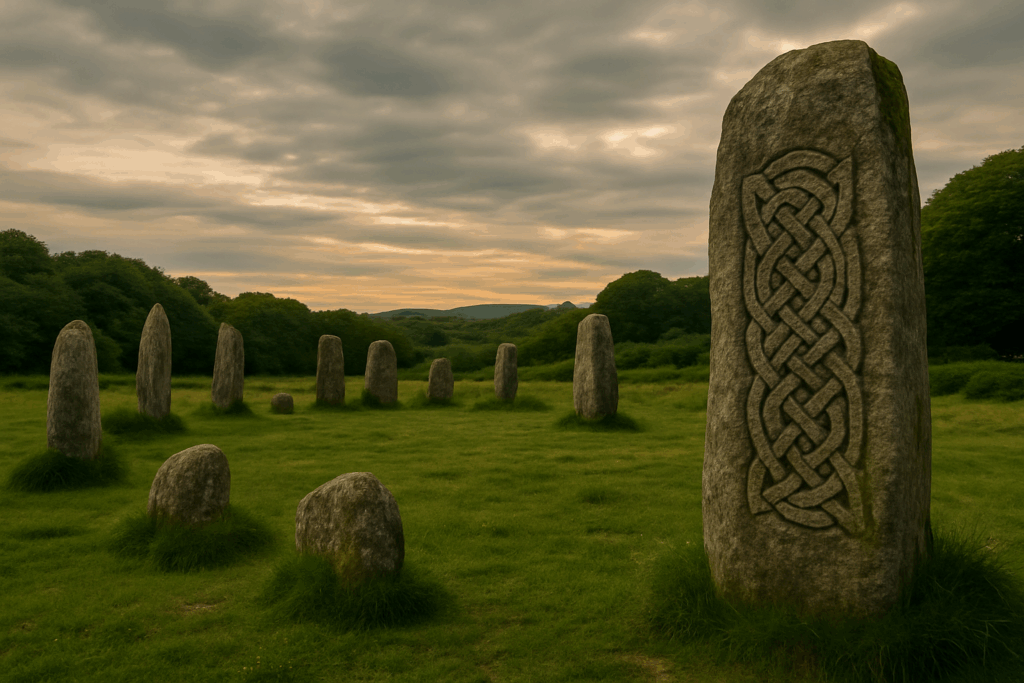🕯️ October 12 – Lanterns of the Waning Light
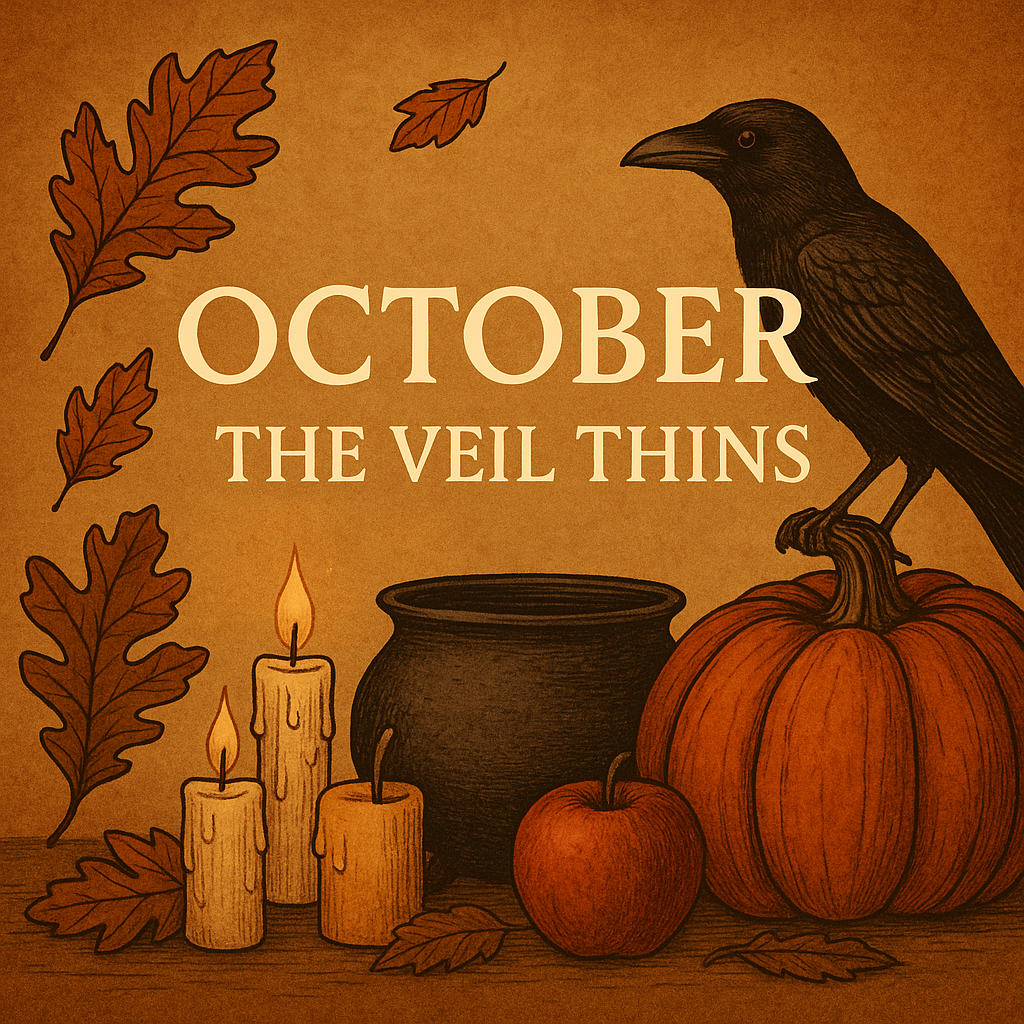
By mid-October, the evenings arrive early. The light fades before we are ready, and the twilight deepens like ink spilled across the horizon. There is a moment each night — that fragile pause between day and true dark — when the world seems to hold its breath. It is here, in this quiet in-between, that the first lanterns begin to glow.
Once, this was the season when every home kept a flame at the window, a small beacon for travelers — both the living and the dead. The old ones believed that as the veil between worlds thinned, spirits wandered through the gathering dusk. Some came seeking comfort, others guidance, and some simply longed to be remembered. The lantern’s glow was a sign of welcome, a soft assurance that they would not be lost in the night.
In this way, the waning light of October becomes sacred. It is not only a fading sun, but a doorway — and every flame we kindle is a bridge between worlds.
The Waning Light and the Human Heart
The year itself is a great lantern. It burns bright through the spring and summer, then slowly diminishes as it turns toward the dark half. But this dimming is not a tragedy; it is a rhythm — a soft surrender to stillness. The waning light teaches us to find illumination within.
We feel this shift in our bones. As the nights lengthen, we turn inward, lighting candles, gathering by fires, drawing closer to one another. The human soul, like the hearth, longs for warmth in the cold. And yet, something in us also understands that this darkness is not empty. It is a container — a womb for transformation. The flickering light of October is a reminder that hope endures, even as shadows lengthen.
Lanterns have always symbolized that hope — tiny suns carried into the night, holding fast against the encroaching dark. Whether hung in windows, carved into turnips and pumpkins, or carried through the mist by village children, each small flame was a prayer: May the lost find their way. May light guide the weary home.
The History of Spirit Lanterns
Long before the modern Halloween jack-o’-lantern, there were spirit lights — candles placed at crossroads, in windows, or at grave sites to honor ancestors and protect against wandering souls. In Ireland and Scotland, turnips were hollowed and carved with faces, their grimaces meant to frighten away malevolent spirits while their glow welcomed friendly ones. Later, in the New World, pumpkins took their place — symbols of harvest and illumination entwined.
But the ritual of the lantern reaches far beyond Celtic lands. In Japan, paper lanterns were floated on water during Obon to guide ancestors’ spirits back to the otherworld. In parts of Mexico and Central America, candles lit the path for visiting souls during Día de los Muertos. Even in ancient Rome, lamps burned for the dead during Lemuria, to appease restless shades.
Across cultures and centuries, the message is the same: light remembers. Light is the soul’s compass. In the waning months of the year, we become keepers of that sacred fire.
Crafting the Lantern Spell
Tonight, as darkness settles, you might craft your own lantern of the waning light — a beacon for remembrance, for protection, and for peace. You need not carve a pumpkin (though you may, if you wish). Any vessel of light will do: a mason jar, a glass bowl, even a simple candle holder.
You will need:
- A candle (white, gold, or amber are traditional)
- Herbs or symbols of protection and remembrance (rosemary, mugwort, thyme, or bay)
- A slip of paper and pen
On the paper, write the names of those you wish to honor — ancestors, beloved dead, or anyone whose memory you carry with tenderness. If you do not know their names, you may write: To all who walk before me, known and unknown.
Fold the paper and place it beneath or beside your candle. Sprinkle a few protective herbs around the base. As you light the wick, speak softly:
“Lantern of the waning year,
Burn bright through shadow and fear.
Guide the lost and wandering near,
By love, by memory, by light clear.”
Sit quietly as the flame burns. Watch the way it flickers — notice how it responds to your breath, the draft, the unseen movements of the night. Every dance of the flame is alive with meaning. You may feel the presence of the ones you honor: a warmth in the air, a faint scent of something familiar, a hush that feels like love.
When you are done, allow the candle to burn safely for as long as feels right. You may repeat this ritual each evening through the end of the month, rekindling the flame to maintain a thread of connection between worlds.
The Magic of Guiding Light
There is something profoundly human about lighting a small flame in the dark. It is an act of faith — faith that light matters, that remembrance matters, that even the smallest glow can pierce vast shadow. In witchcraft and spiritual practice, this is light magic in its purest form.
To guide lost souls is not only to aid the dead; it is also to help the living. Each of us, at times, becomes lost — to grief, to confusion, to despair. When you light your lantern, think also of those in the world who wander in darkness: the lonely, the sick, the forgotten. Let your light be a prayer for them, too.
You might imagine your lantern’s glow radiating outward — from your home to your street, your town, your country, the whole earth. The flame becomes a network of compassion, connecting every soul who dares to keep the light burning through the long night.
The Dance Between Flame and Shadow
Notice how the flame exists only because of shadow. Without darkness, light has no meaning. The lantern’s magic is born from this balance.
As we move deeper into autumn, we are called to embrace this truth. To fear the dark is to misunderstand its nature. Darkness is not the enemy of light, but its partner — the velvet backdrop against which illumination is seen. When we carry our lanterns into the dusk, we symbolically declare that we are not afraid of the unknown. We walk with both light and shadow as our companions.
Try this meditation:
Sit in a dim room with your candle or lantern lit. Gaze softly at the flame. Watch how it flickers and sways, how it consumes and renews itself endlessly. Breathe with it. Imagine the flame within your chest — your inner lantern — glowing with steady warmth. Each breath fans that inner light brighter, not against the darkness, but within it.
When you feel centered, whisper: I am the lantern. I am the flame. I am the light that guides and the shadow that holds.
You will find peace there — the peace of balance.
Lanterns for the Departed
Some witches and spiritual practitioners create entire paths of light at this time of year — lining walkways with candles or lanterns to guide the spirits home. You might do this on Samhain night, or any evening leading to it. Each light becomes a soul’s waymark, a promise that remembrance endures.
If you choose to walk among your lights, do so with reverence. Speak softly to the night. Feel the gentle presence that gathers — not frightening or strange, but loving. The dead come not to haunt, but to visit, to remember, to bless.
And when the candles finally burn down, thank them. Blow out each one with intention, saying: Rest well, beloved. You are not forgotten.
Closing Blessing
Tonight, as October deepens and the stars sharpen their gaze, may your light be a beacon. May it shine for those who seek, both living and departed. May your home be a hearth of remembrance and warmth. And may the waning light remind you that even in the longest night, your spirit’s flame endures.
The lantern’s glow is not a thing of wax and wick alone — it is the echo of the soul’s refusal to be lost.
Carry it proudly into the dark.


